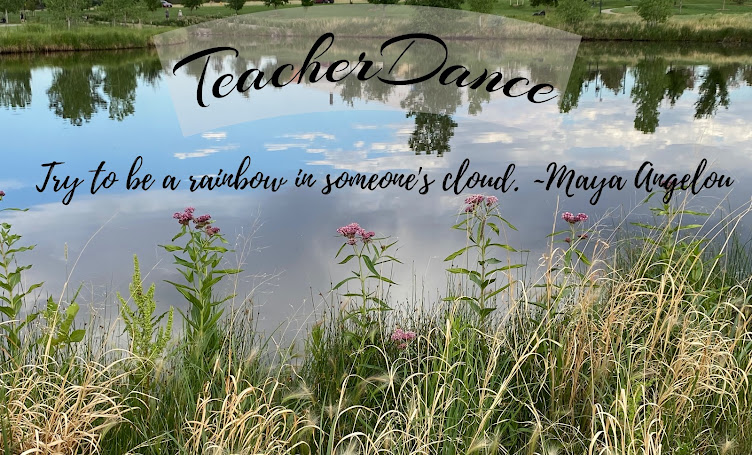 Visit Alyson Beecher on Wednesdays for Non-Fiction Picture Books at Kidlit Frenzy. Thanks to her hosting and sharing and those who add their posts, you can discover and celebrate terrific nonfiction picture books! I always learn from these books, am happy that they are more and more available today for children, for everyone!
Visit Alyson Beecher on Wednesdays for Non-Fiction Picture Books at Kidlit Frenzy. Thanks to her hosting and sharing and those who add their posts, you can discover and celebrate terrific nonfiction picture books! I always learn from these books, am happy that they are more and more available today for children, for everyone!I've been out of town most of the recent two weeks and before and since, I've been reading several books, this one that I'm most excited about thanks to Candlewick Press, out in October in the U.S. from their division, Walker Books. David Roberts, author and illustrator of earlier beloved books like Rosie Revere and Ada Twist, brings to older readers and teens a comprehensive and illustrated history of women's fight for equal rights, Suffragette, The Battle for Equality.
David Roberts' introduction tells of a history teacher's project assignment to take one of the old books strewn across her desk where they must find a topic, research and illustrate it! He discovers a book among them where a photograph shows two women in old-time prison uniforms, above them the title, The Suffragettes. Who they were is the question he has answered in this wonderful book, full of stories really, of this seventy-five-year-old battle, one the foreword by Crystal N. Feimster, a Yale associate professor, writes "is one of the most important political movements in history."
The beginning chapter is "A Man's World", detailing the background of why women weren't allowed to vote. Others define suffrage itself, show the seeds of discontent with even earlier attempts, but as many have seen in other protests, calm does not always succeed although it does get attention. Alternating the history of the U.K. with the United States, one inspiring the other, the varying small stories entice, some showing the persistence of women who worked for this cause for over sixty years. I learned many stories, wonder if classrooms couldn't split up the chapters for research by individual students, deepening the information of the woman or women, the man or men who were in the thick of this struggle? Here are examples of the stories illustrated by Roberts' beautiful stylized watercolors.
 |
| A slogan coined by Emmeline Pankhurst that time to be polite was over. It was time for action! |






















